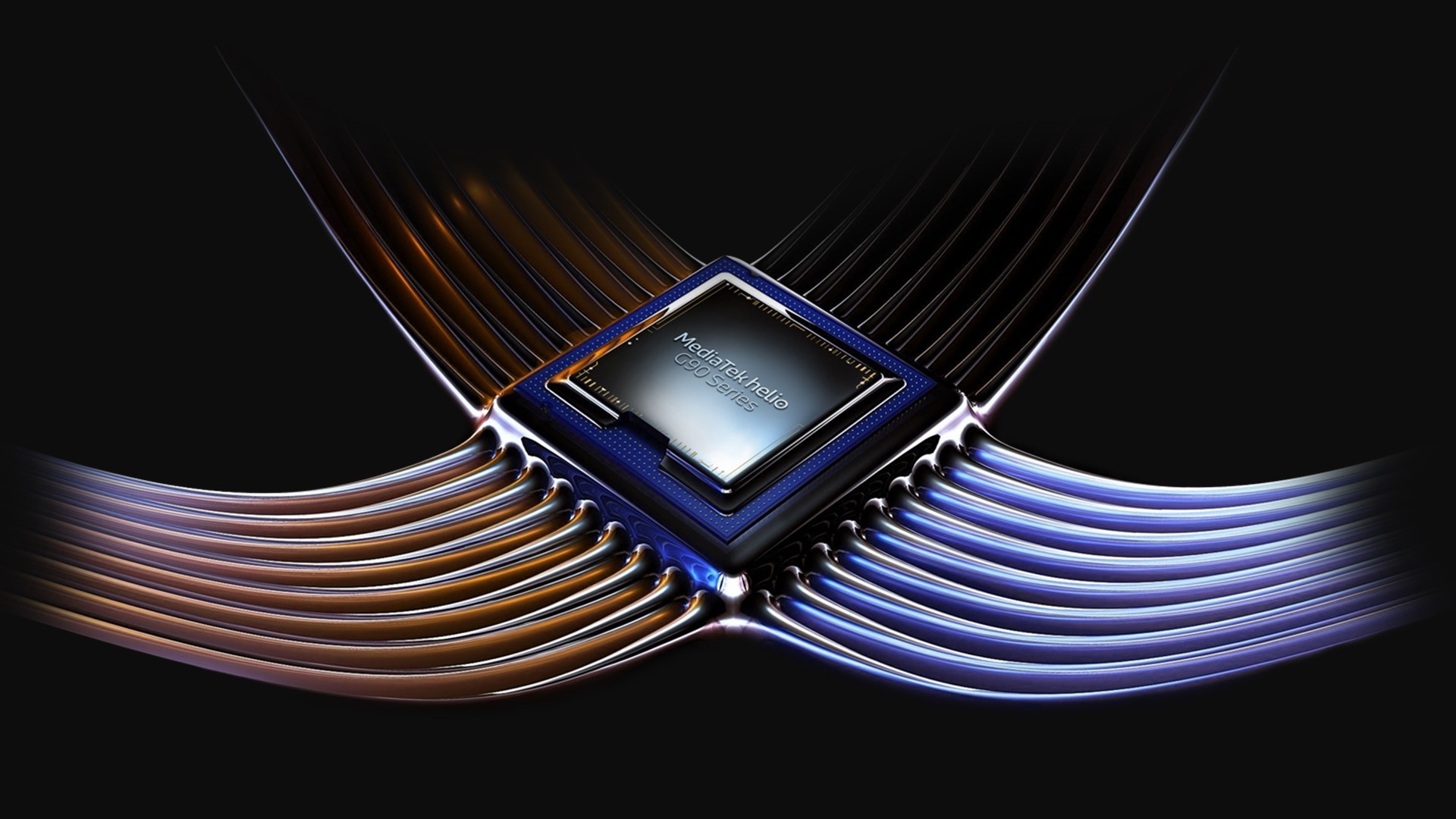MediaTek announces Helio G90 and G90T gaming chipsets with HyperEngine technology
Xiaomi to soon launch a phone with G90T

MediaTek has announced two new chipsets in its gaming-centric G-series. The Helio G90 and G90T chipsets feature HyperEngine technology which helps boost the graphics performance. Both chipsets are the first of their kind by the Taiwanese chipmaker and are aimed at the mid-range smartphone market. During the launch event, Manu Kumar Jain, MD, Xiaomi India revealed that the company will soon launch a phone that uses the Helio G90T processor.
MediaTek's new chipsets are fabricated on a 12nm TSMC FinFET architecture and use ARM Cortex-A76 and Cortex-A55 CPUs with Mali-G76 as the graphics processor. Interestingly, these are same processor cores used by Qualcomm on its flagship SoC. The G90T supports upto 10GB RAM while the G90 is only compatible with upto 8GB LPDDR4x RAM.
The Helio G90T comes with the support for four cameras and upto 64MP sensor whereas the regular version tops out at a triple setup and 48MP camera. Additionally, the new chipsets also offer support for Electronic Image Stabilization (EIS) and HDR10 standard.
TL Lee, General Manager, MediaTek Wireless Communication said, “With the Helio G90 series you get a super-fast and responsive display and reduced lag for smoother gameplay – because every millisecond counts in the game world. Whether it’s Fortnite, PUBG or other top titles, this chip is a gaming powerhouse."
MediaTek's new chipsets support dual Wi-Fi bands. This enables a single antenna to be connected to two Wi-Fi bands or routers simultaneously to maintain a consistent connection with the Internet while decreasing latency and jitter. The rapid response engine increases touch input for a more fluid gaming experience.
With the two new chipsets, MediaTek is aiming to make an impact in the mid-range smartphone market and with a soon-to-be-released phone by Xiaomi, we'll soon see their claims put to test.
Sign up for breaking news, reviews, opinion, top tech deals, and more.

- Siddharth Chauhan is the Consumer Technology Reporter at Digit India. He used to work as an Assistant Editor at TechRadar India